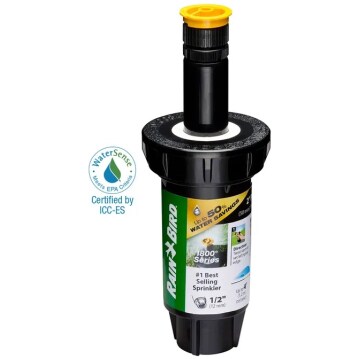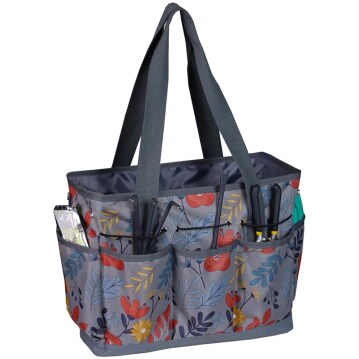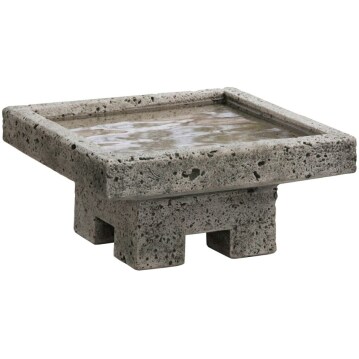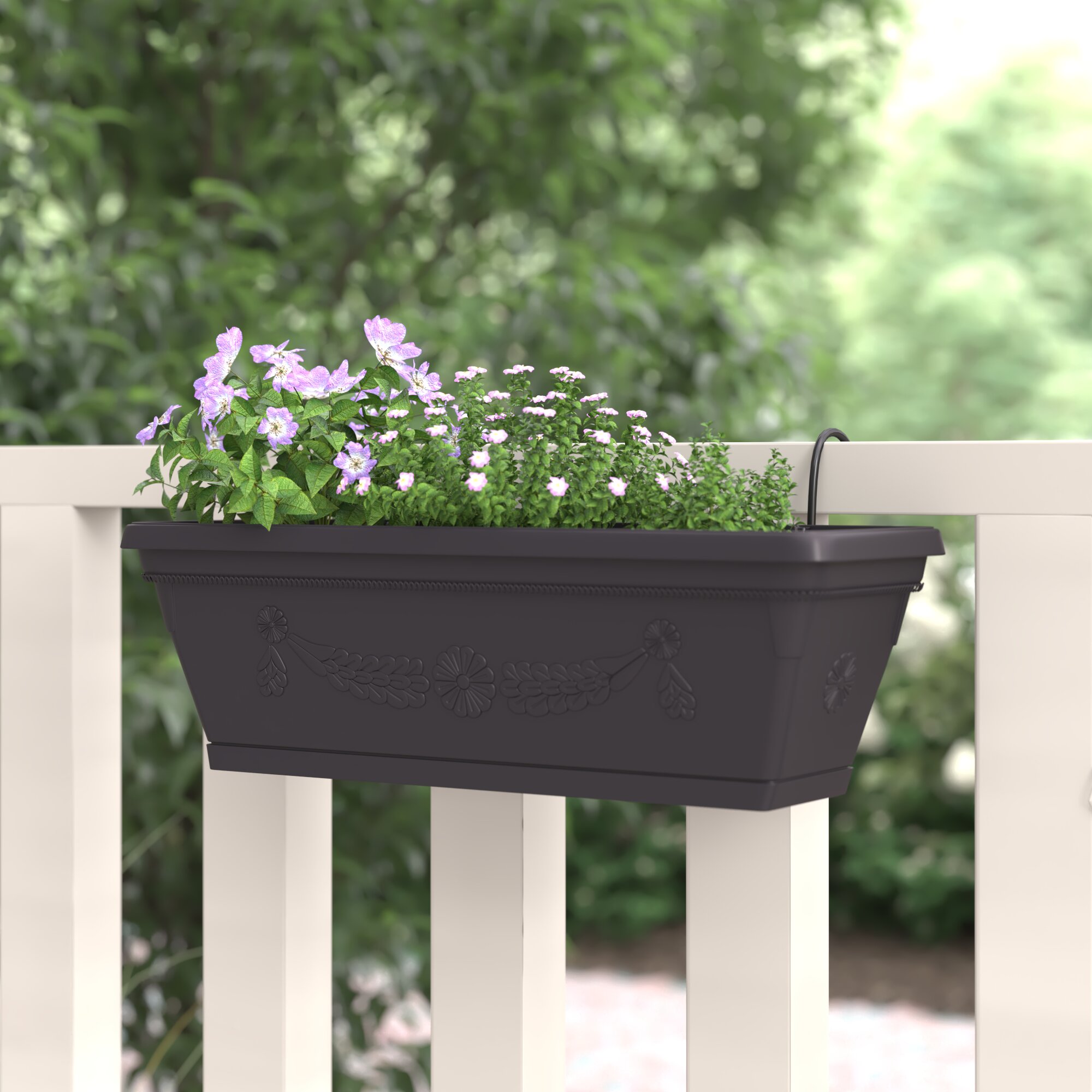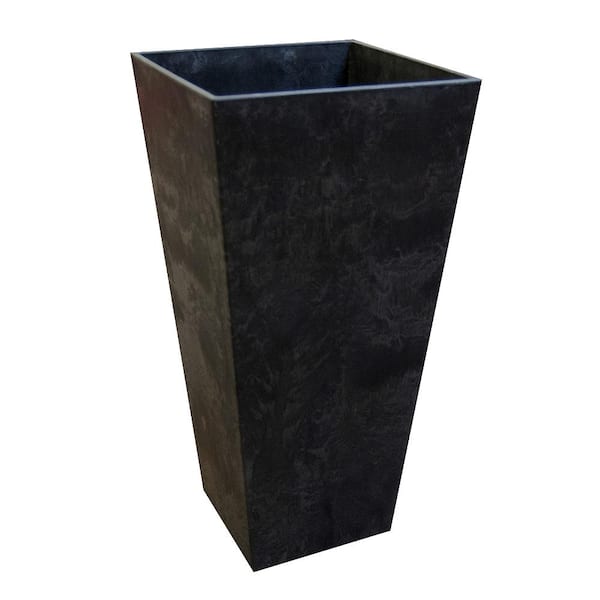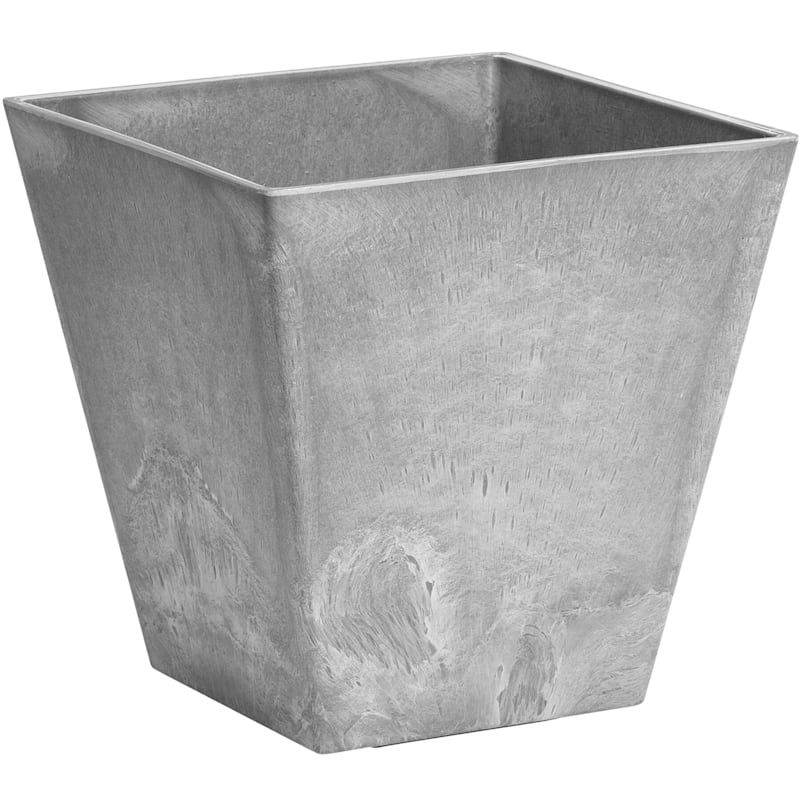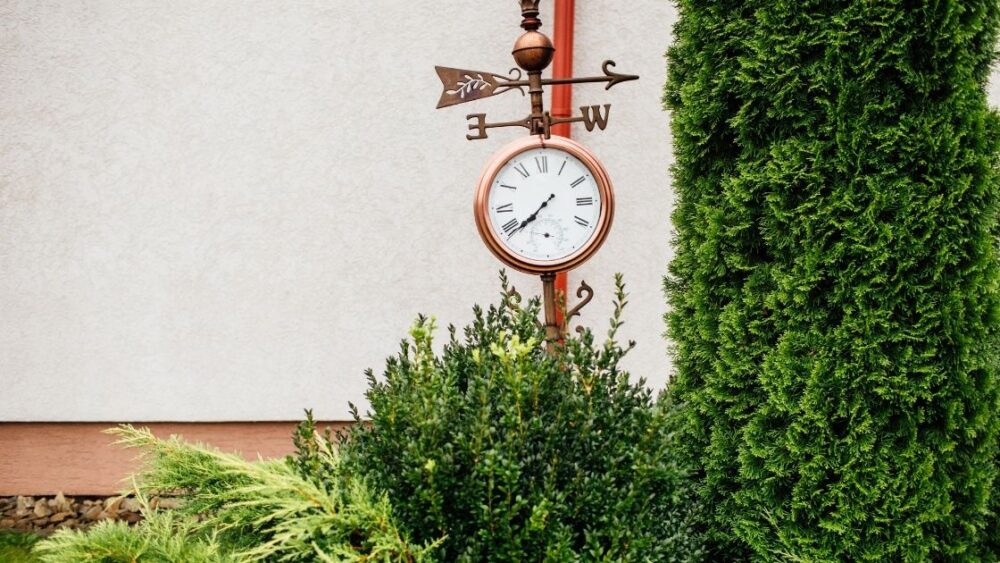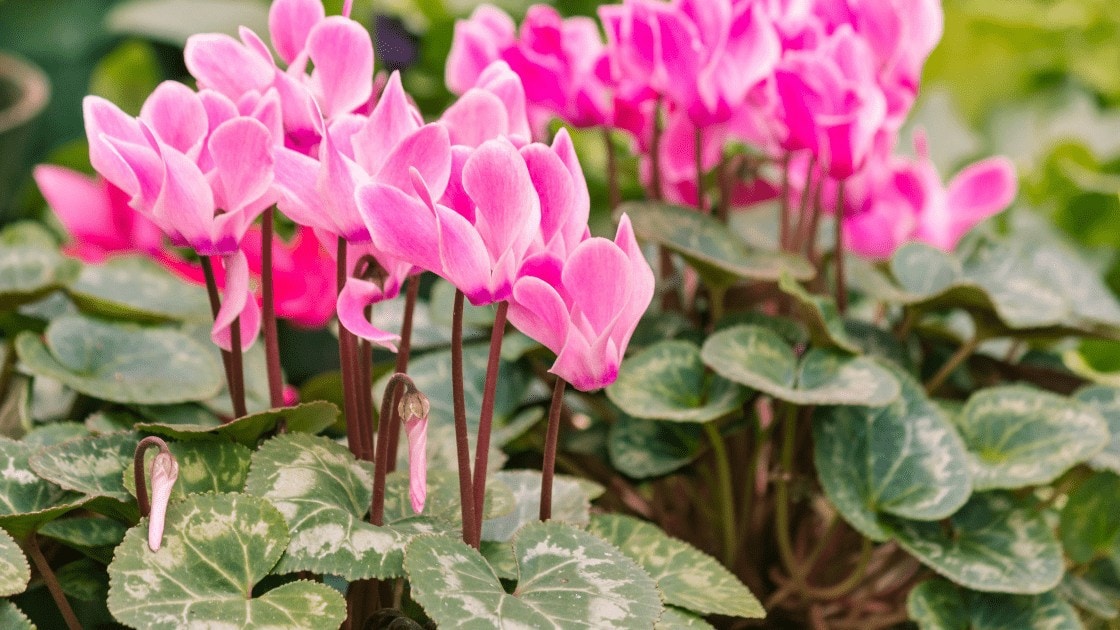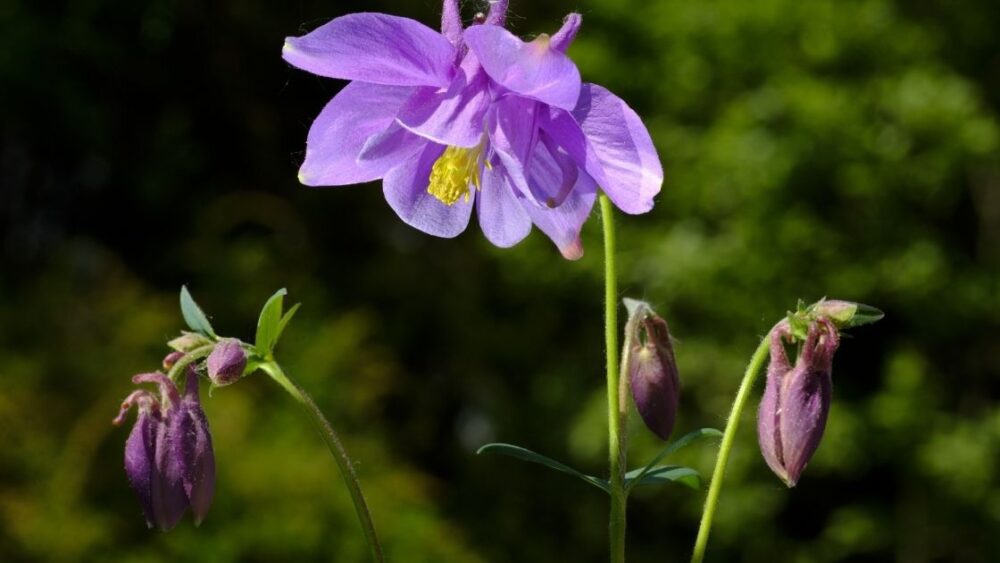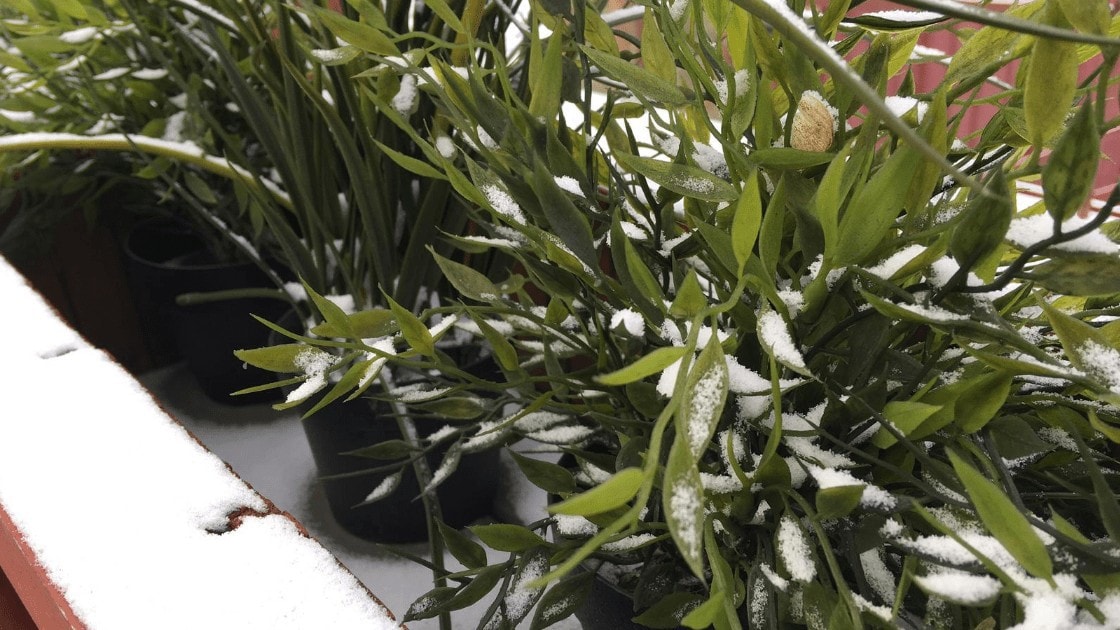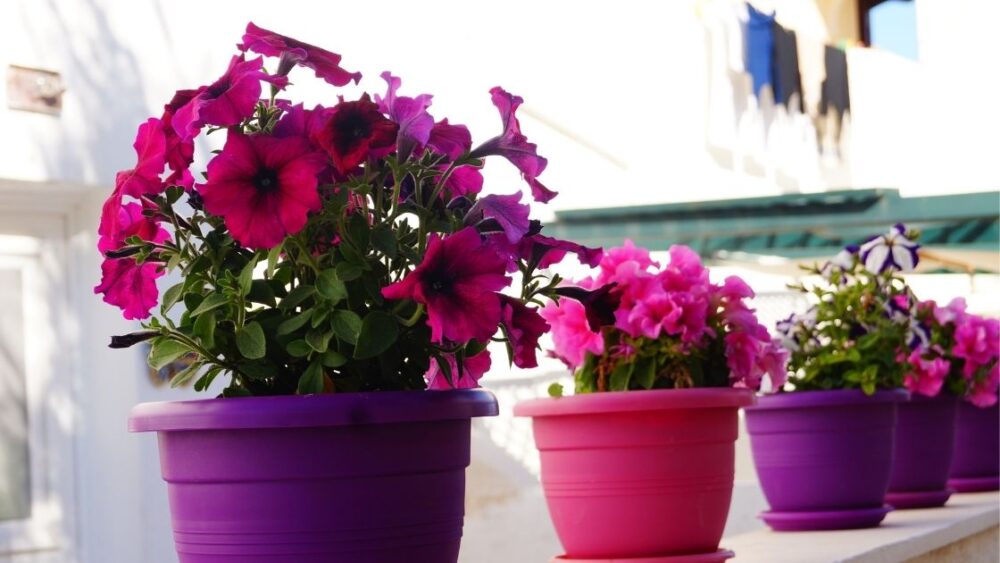
Self-watering pots work by capillary action or wicking. As plant roots absorb water, the water circulates by wicking, maintaining a constant level of water regulation. However, unregulated watering could cause harm to the plant. Excessive water exposure could cause fungi action, and the impaired draining systems lead to root rotting. Self-watering pots may cause root rot or other issues if it’s not handled correctly. Moreso, self-watering pots are not suitable for all plants. Read on and learn how self-watering pots work, the advantages and disadvantages, the problems of self-watering pots, and how you could properly handle self-watering pots.
Can Self-watering Pots Cause Root Rot?
Understanding the self-watering pots working principle would enlighten the question. Root rot occurs by fungi, majorly Armillaria mellea, Fusarium, Clitocybe tabescens, and most oomycetes. An improper regulatory system of self-watering pots does not cause root rot. It only improves the condition for fungi growth. For example, fungi thrive best in warm environments and moisture.
An impaired draining system affects the plant by causing the self-watering pots to retain water more than expected, thus boosting fungi growth. Contrarily, if the water is equally circulated, the moisture level is maintained positively across the plant, preventing fungi growth. The primary purpose of self-watering pots is to “self moisture” the plant when necessary. However, this is possible when the reservoir retains a reasonable amount of water for watering after wicking. A plant cannot thrive without moisture, and excessive logging promotes fungi growth. What causes root rot if moisture is necessary for fungi and plant growth.
Browse our Affiliate Products
Self-watering pots cause root rot if the water channel, from the reservoir to the plant surface, is not well organized for proper circulation.
It would be best to know how a self-watering system works if you would understand the cause of root rot. A reservoir is a part among the main parts of a self-watering pot. These parts could contribute to root rot if they are not adequately handled. Aside from the reservoir, other parts include the grow bed, potting soil, and wicking system.
For more information on plastic and terracotta pots, checkout these two articles.
- Pros and Cons of Plastic Flower Pots and Planters
- Pros and Cons of Terracotta Plant Pots Explained
- Also check out our Pots and Planters affiliate product category to find what you may be looking for.
Factors contributing to root rotting in self-watering pots
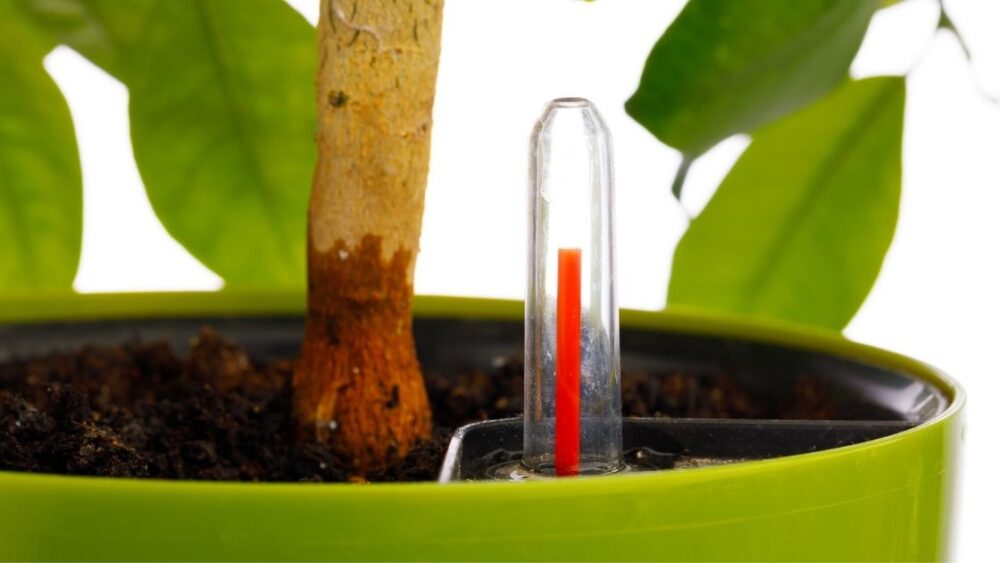
The grow bed is the container that houses the macro and micro contents of the plants, including the soil and nutrients. A grow bed is an ecosystem on its own. Thus, a gardener’s contribution to his grow bed affects the plant’s output. A grow bed should have an optimal space-to-soil ratio, enough nutrients, and excellent capillary action. It would be best if a grow bed, especially self-watering pots, does not prevent water movement. Impaired wicking could lead to excess waterlogged in the root or reservoir – this may improve fungi growth.
Potting soil is the soil content aiding plant growth and development. Nutrients contributing to plant growth circulate in the potting soil. The potting soil could be soil or non-soil growth media. Potting soil affects the self-watering pots positively or negatively due to the absorbency. Thus, it should be lightweight with a high absorbance level. The more the potting soil absorbs water, the faster the moisturizing effect; in turn, the less waterlogging, excessive circulation, and fungi growth.
Self-watering pots’ water reservoir is positioned at the lower part of the pot due to the wicking system. The construction of a water reservoir may affect the plant. For example, a typical water reservoir should have a monitor (like a float or screen) and a refiller. The monitor system prevents water overflow. If the water is not correctly monitored, fungi may grow exceedingly. Water reservoirs are among the main contributors to excessive waterlogging.
The wicking system is the channel that transports water through the plant by capillary action. Plants can take up water naturally through capillaries. However, a wicking system is an artificial capillary movement. For example, a wicking system delivers water to the soil’s surface from the reservoir. The wicking system rapidly supplies the surface and roots of the plants with enough water. If otherwise, the plant roots would search and absorb moisture from nearby and then channel it through the plant system. Creating an artificial wicking system is simple. It would be best to have an absorbent (rope or piece of clothes) with one end in the reservoir and another in the soil. A wicking system is vital to self-watering pots because of the smooth water circulation and how it prevents waterlogging.
Self-Watering Pots Common Problems
Any problem associated with self-watering pots is a factor of either the reservoir, wicking system, potting soil, grow bed, or the working principle.
Now that you understand the way a self-watering pot works, you should not be ignorant of self-watering common problems. You may predict the outcome of the steps you take henceforth.
- Self-watering pots are not suitable for all plants. Some plants demand constant watering while others thrive only in regulated soil dryness. Plants that are orchids or succulents need to enjoy the dryness interval; otherwise, fungi growth is inevitable. Fungi thrive in moisture and warm environments. Contrarily, orchids or succulent plants cannot constantly absorb water like other plants. Thus, waterlogging assists fungi growth, and root rotting sets in. Before considering self-watering pots, understand the plant’s water requirements, the type of plants, and if they could thrive indoors.
- Self-watering pots are not suitable for outdoor plants. The beauty of self-watering pots is maintaining the water circulation by itself and with no external assistance. It is nearly impossible to achieve this if placed outside, especially when exposed to rain or humidity. The system of circulation, built for self-watering pots, begins from the bottom. Exposing the grow bed to the atmosphere implies that water or moisture enters the bed through the surface, ultimately altering the working principle. This is another problem associated with self-watering pots because all plants cannot be indoors.
- Non-functioning wicking system due to an empty reservoir. Another problem associated with self-watering pots is the risk involved when a reservoir empties. However, self-watering pots are designed for gardeners that forget to water their plants at the appointed time. Notwithstanding, you may endanger the wicking system if you allow the reservoir to empty. The wicking system may dry out once the reservoir is empty. Once it dries, it may not work again; it ultimately damages the self-watering pot.
- Reservoir serves as a breeding ground for mosquitoes. Mosquitoes breed and thrive in warm and moist areas. The self-watering reservoir is still over time, which assists the 28 hours needed to breed a new mosquito. The case worsens significantly in a climate with humidity and warm conditions. Thus, replacing the water after a few days of refilling is mandatory. It would help if you were careful not to lose essential nutrients or content during the flush. And also, replace the water almost immediately to prevent the wicking system from drying out. Another way to reduce the breeding of mosquitoes is to cover the reservoir opening or purchase a self-watering pot with a reservoir cover lid.
- Quite expensive than regular watering pots. Self-watering pots are more expensive than other standard watering pots. These types are without the main components of a self-watering pot. Thus, they serve more minor premium functions to the gardener. Although they might be of low price, they cannot stand the benefits of self-watering pots. Still, the self-watering pots are expensive.
For more information on water for plants, check out this article: Is My Tap Water Killing My Plants?
What can you do to Avoid Watering problems in self-watering pots?
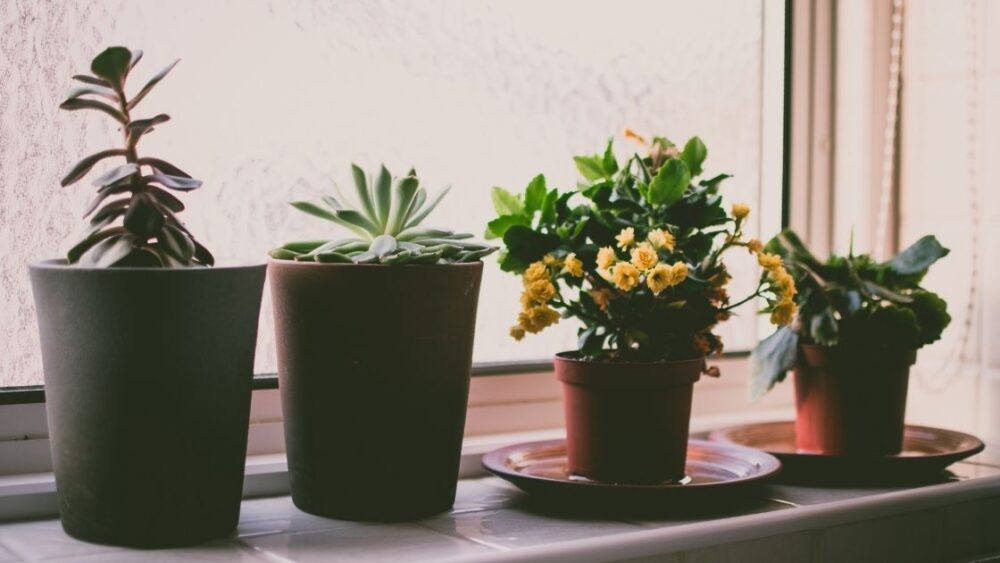
First, you should resolve that a self-watering pot is not a “leave and go” system. You need to watch the pot at some point. However, the self-watering pot permits the rest of the mind and allows you to focus on other tasks. It is, however, necessary that you keep a good eye on the pot – this is the first step to avoiding watering problems.
Although monitoring the self-watering pot regularly permits you to take note of the changes and errors that might resurrect. Notwithstanding, you should understand the principles behind each of the components. Understanding how a particular part should be at some point would guide you to pinpoint errors when it’s necessary. Another thing is the reservoir and water channel. It would be best to know the kind of self-watering reservoir and wicking system built in your pot. Once you know this, you will quickly know the time to refill and the expected time the water finishes. It will help if you don’t work with assumptions as a gardener, aside from the changes in weather or other conditions. As a professional gardener, you should at least predict the outcome of each action that you apply to your self-watering pot.
Lastly, avoiding water problems is a factor of the reservoir, wicking system, growing bed, and potting soil. All of these should be at their optimal rate of action. If otherwise, you may consider replacing the faulty ones or the whole watering pot. Note that a fault in one is fault to all – if at all, it’ll affect the capillary action.
Final Thoughts
The kind of self-watering pot dictates the plant’s output and your contribution. If you purchase an excellent watering pot, it will reduce stress and other difficulties. However, you may not eradicate root rot irrespective of your self-watering choice. And this is because you must monitor the pot continuously – at least for a period over time. You should get familiar with the kind of suitable plants for a self-watering system before you buy one.

